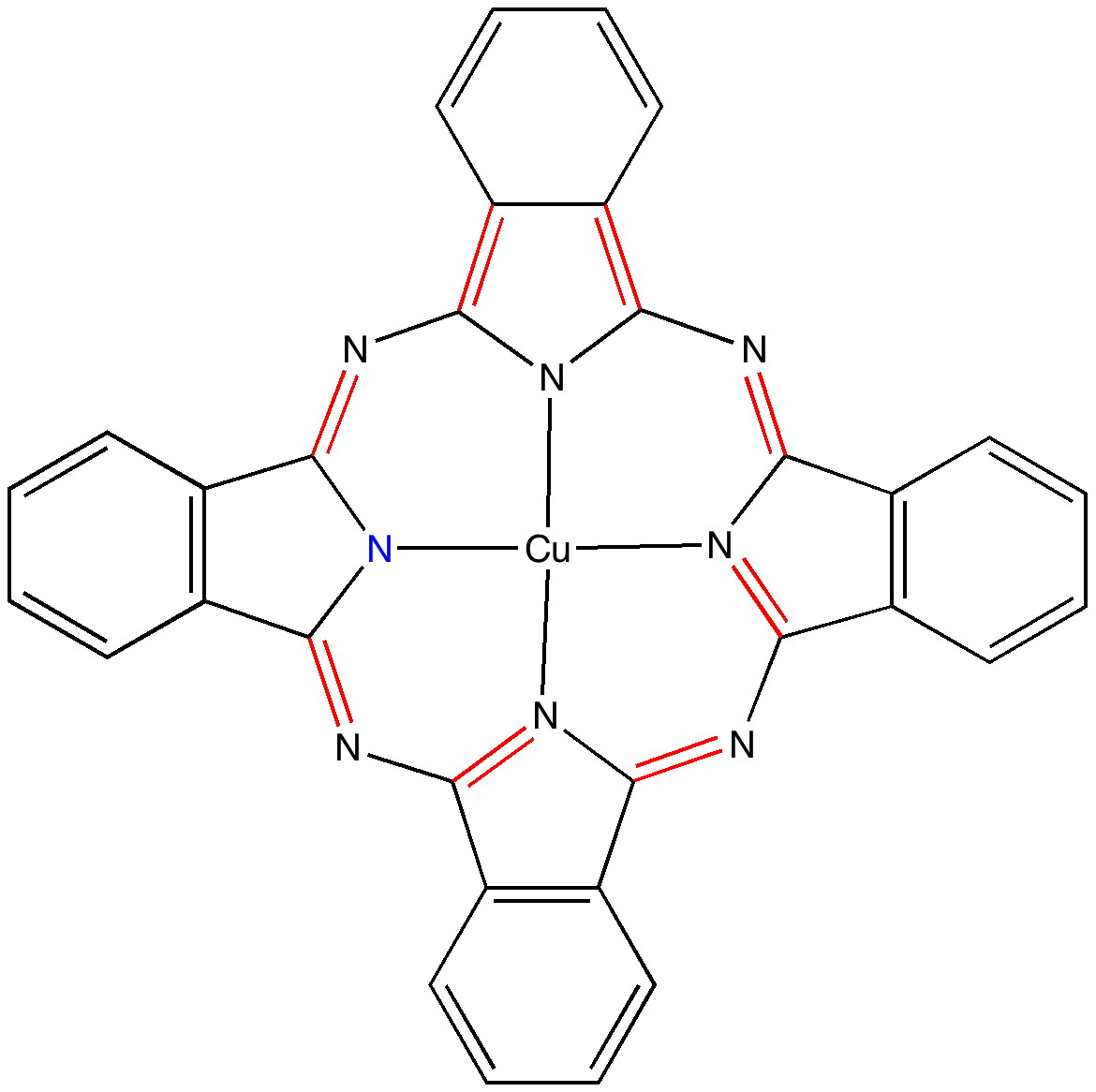The two previous posts have explored one of the oldest bonding rules (pre-dating quantum mechanics), which postulated that filled valence shells in atoms forming molecules follow the magic numbers 2, 8, 18 and 32. Of the 59,025,533 molecules documented at the instant I write this post, only one example is claimed for the 32-electron class. Here I suggest another, Nobelocene (one which given the radioactive instability of nobelium, is unlikely to be ever confirmed experimentally!)
Archive for the ‘Interesting chemistry’ Category
Nobelocene: a (hypothetical) 32-electron shell molecule?
Friday, April 29th, 2011Ferrocene
Sunday, April 17th, 2011
The structure of ferrocene was famously analysed by Woodward and Wilkinson in 1952[cite]10.1021/ja01128a527[/cite],[cite]10.1016/S0022-328X(00)88947-0[/cite], symmetrically straddled in history by Pauling (1951) and Watson and Crick (1953). Quite a trio of Nobel-prize winning molecular structural analyses, all based on a large dose of intuition. The structures of both proteins and DNA succumbed to models built from simple Lewis-type molecules with covalent (and hydrogen) bonds; ferrocene is intriguingly similar and yet different. Similar because
Why are α-helices in proteins mostly right handed?
Saturday, April 9th, 2011Understanding why and how proteins fold continues to be a grand challenge in science. I have described how Wrinch in 1936 made a bold proposal for the mechanism, which however flew in the face of much of then known chemistry. Linus Pauling took most of the credit (and a Nobel prize) when in a famous paper[cite]10.1073/pnas.37.4.205[/cite] in 1951 he suggested a mechanism that involved (inter alia) the formation of what he termed α-helices. Jack Dunitz in 2001[cite]10.1002/1521-3773(20011119)40:22%3C4167::AID-ANIE4167%3E3.0.CO;2-Q[/cite] wrote a must-read article[cite]10.fgkwqb[/cite] on the topic of “Pauling’s Left-handed α-helix” (it is now known to be right handed). I thought I would revisit this famous example with a calculation of my own and here I have used the ωB97XD/6-311G(d,p) DFT procedure[cite]10.1021/ct100469b[/cite] to calculate some of the energy components of a small helix comprising (ala)6 in both left and right handed form.
The colour of Monastral blue (part 2).
Monday, April 4th, 2011Andy Mclean posted a comment to my story of copper phthalocyanine (Monastral blue). The issue was its colour, and more specifically why this pigment has two peaks λmax 610 and 710nm making it blue. The first was accurately reproduced by calculation on the monomer, but the second was absent with such a model. Andy suggested this latter was due to stacking. Here, the calculated spectrum of a stacked dimer is explored.
From the colour blue to molecular wires
Wednesday, March 9th, 2011In the previous post I pondered the colour of Monastral blue (copper phthalocyanine). Something did not quite fit, and so I speculated that perhaps some oxidation of the pigment might give a new species. This species (Cambridge code FEGJOQ) comprises two parts of copper phthalocyanine, 1 part of the corresponding cation, and 1 part of triodide anion. Looking at the packing of this system, I spotted something I had seen some time ago in NaI2.Acetone, namely an infinitely long and absolutely straight chain of iodine atoms, a molecular wire if you like.
Monastral: the colour of blue
Tuesday, March 8th, 2011The story of Monastral is not about a character in the Magic flute, but is a classic of chemical serendipity, collaboration between industry and university, theoretical influence, and of much else. Fortunately, much of that story is actually recorded on film (itself a unique archive dating from 1933 and being one of the very first colour films in existence!). Patrick Linstead, a young chemist then (he eventually rose to become rector of Imperial College) tells the story himself here. It is well worth watching, if only for its innocent social commentary on the English class system (and an attitude to laboratory safety that should not be copied nowadays). Here I will comment only on its colour and its aromaticity.
The thermodynamic energies of left and right handed DNA.
Saturday, March 5th, 2011In this earlier post, I noted some aspects of the calculated structures of both Z- and B-DNA duplexes. These calculations involved optimising the positions of around 250-254 atoms, for d(CGCG)2 and d(ATAT)2, an undertaking which has taken about two months of computer time! The geometries are finally optimised to the point where 2nd derivatives can be calculated, and which reveal up to 756 all-positive force constants and 6 translations and rotations which are close to zero! This now lets one compute the thermodynamic relative energies using ωB97XD/6-31G(d) (for 2nd derivatives) and 6-31G(d,p) (for dispersion terms). All geometries are optimized using a continuum solvent field (water), and are calculated, without a counterion, as hexa-anions. (more…)
